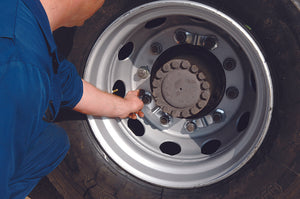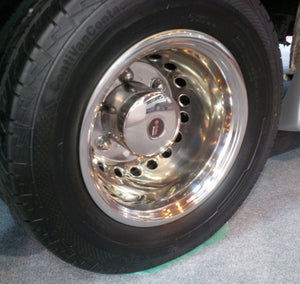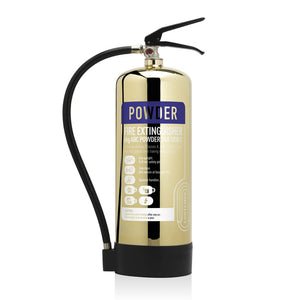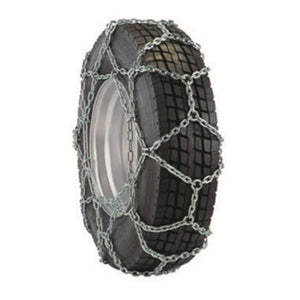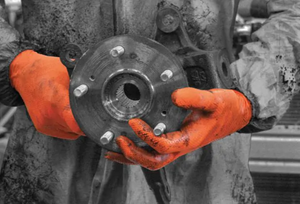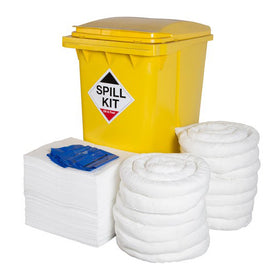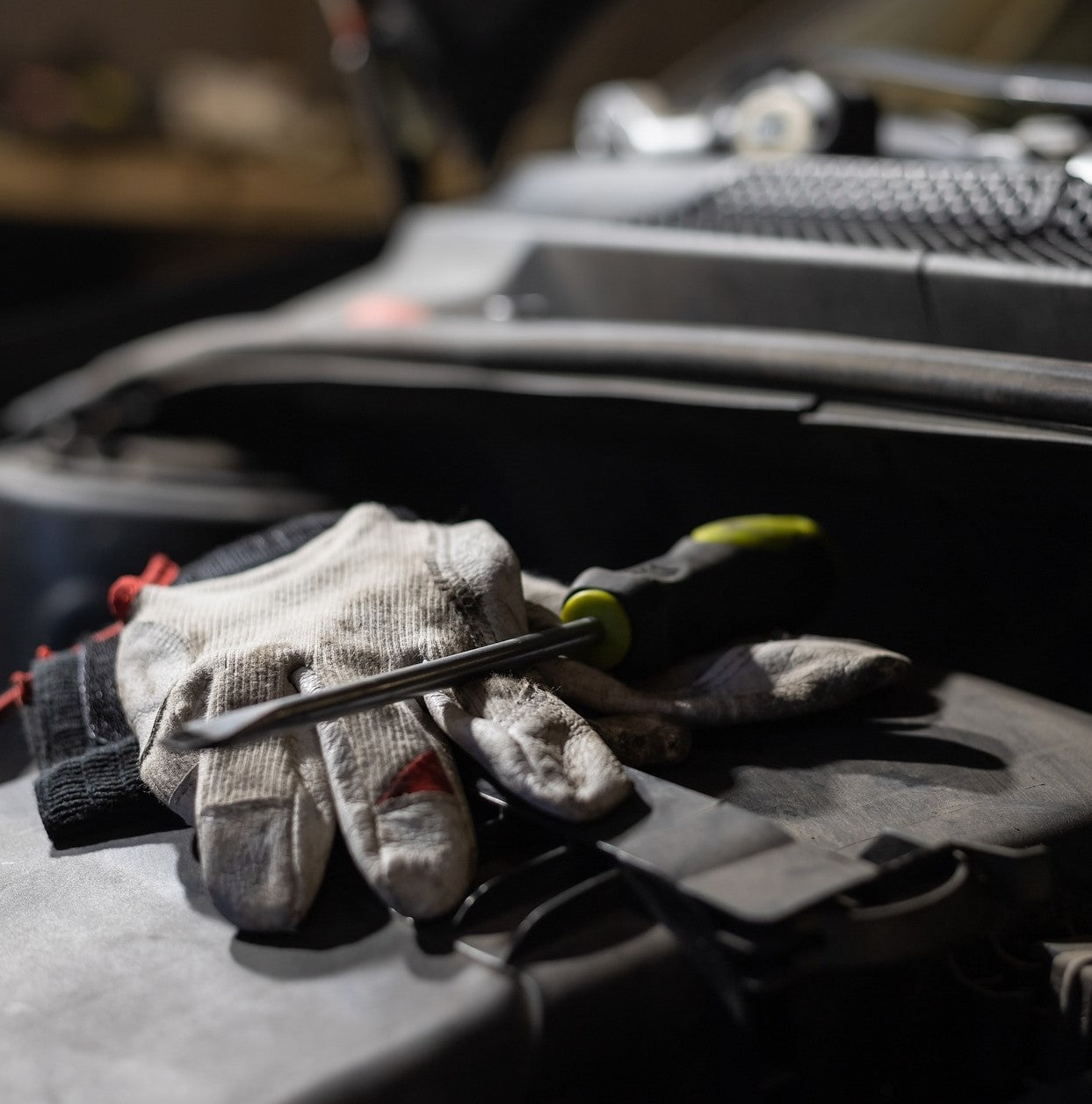
How important is regular maintenance?
First impressions count!

Whether your coach fleet supports the return to normality for school children across the country, or contributes towards the £14bn coach tourism industry here within the UK, the second half of 2021 is a crucial time to attract customers back and ensure your business delivers on its revenue targets.
With research suggesting that 83% of tourists would prefer to holiday in the UK than travel abroad this year, the opportunity within the UK tourism sector, and coach travel in particular, seems vast. Coupled with the return to “normality” within traditional streams such as schools and sport, there has never been a better opportunity to engage with customers looking to utilise your coach fleet.

Attracting passengers in a post-Covid world
An increase in demand in the back end of 2021 does not automatically mean passengers will come flooding back. The post-Covid world has raised expectations around hygiene and cleanliness.
It has become common practice to introduce enhanced cleaning regimens, limited seating, and improved air filtration. But tellingly, 85% of passengers rated their pre-boarding impression as critical to whether they felt safe and confident.
The enclosed environment of a coach makes the exterior appearance the first signal of safety and hygiene. As one survey participant put it: “A dirty outside means a dirty inside.”
Ensure your coach fleet is always looking its best

To ensure your fleet makes the right first impression, a robust cleaning regime is essential. At Parma, we stock a comprehensive range of coach, bus and HGV washing and cleaning products, designed to keep fleets looking sharp whatever the weather.
Choose from our specialist Vikan vehicle wash equipment to keep your fleet cleaner for longer and reassure passengers that they’re boarding a safe, well-maintained vehicle.
It’s not just cleanliness — style and maintenance also impact confidence. With passengers paying more attention than ever, external details make a difference.
Wheel trims and liners deliver an aesthetically sharp look that impresses from the first glance. Explore our full range of wheel trims to suit all vehicle types.

With a great first impression and exceptional service, your fleet is set for a profitable season ahead.

